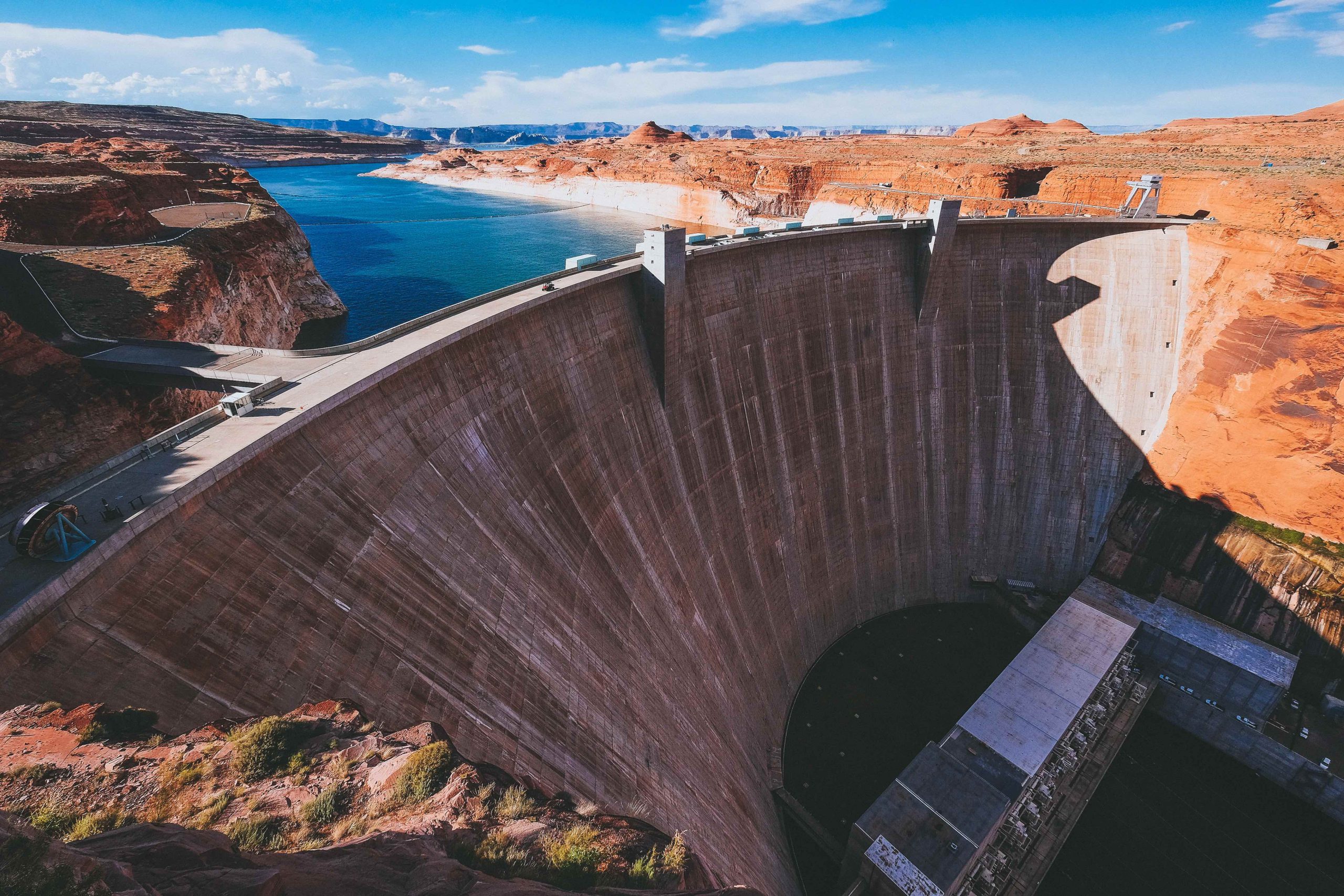The role of concrete in providing greater conservation and access to our water resources
Climate change predictions suggest that in the future, our world can expect to experience longer drought periods and larger flood events. With the continuous growth of our global population, the need to conserve and recycle as much fresh water as possible is critical. The structures that allow us to safely store and use water, as well as protect our cities from floods, rely on and are improved by concrete. Concrete structures play a critical role in water resource projects, enabling access to water and improving quality of life.
When creating structures to maintain our access to water, it is important to select a building material that provides the safest, strongest and most durable option. Cement and concrete are the foundation of strong and safe reservoirs, dams and canals.
Reservoirs and storage tanks
Reservoirs store water for irrigation, drinking water, waste management and industrial uses. Cement and concrete are the ideal materials for building reservoirs – cement creates sturdy and nearly impermeable structures, and concrete can withstand great amounts of pressure, so it doesn’t wear down. Concrete can also be used to make storage tanks for clean drinking water. These tanks can be covered and safely store water for long periods of time.
Dams
Dams play a pivotal role in controlling floods and protecting areas in flood plains, as well as providing water for irrigation, drinking or hydro-electric power. The United States currently has more than 80,000 dams in service. Concrete is the material of choice for dams. And while the Hoover Dam is often what comes to mind when people think concrete dam, concrete is also used to reinforce earthen dams too, acting like armor plating to protect earthen dams from washing out or failing when overtopped by floodwaters. For example, concrete lines the emergency spillways in the earthen Oroville Dam – the U.S.’s tallest dam.
Liners
Reservoirs, canals and other water-retaining ground structures need reliable protection from leakage. One way to provide that protection is through the use of concrete liners, which provide both long-term, durable solutions, while also enhancing the performance of the structure.
Liners are employed in a wide variety of applications, including ponds, reservoirs, landfills, canals and facings for dams and spillways. We even see these protective barriers beneath streets, buildings or on the surface of reservoirs to protect from pollution.
For more information about the sustainability properties of concrete, visit Sustainability Practices in the Cement and Concrete Industry.
For more information about the benefits and resilient properties of concrete structures, visit Building Safer, Stronger Communities.
